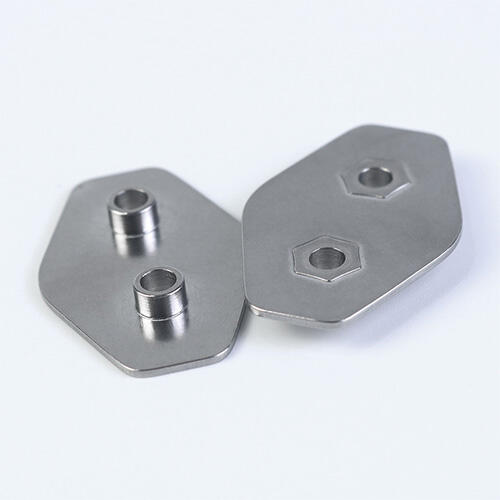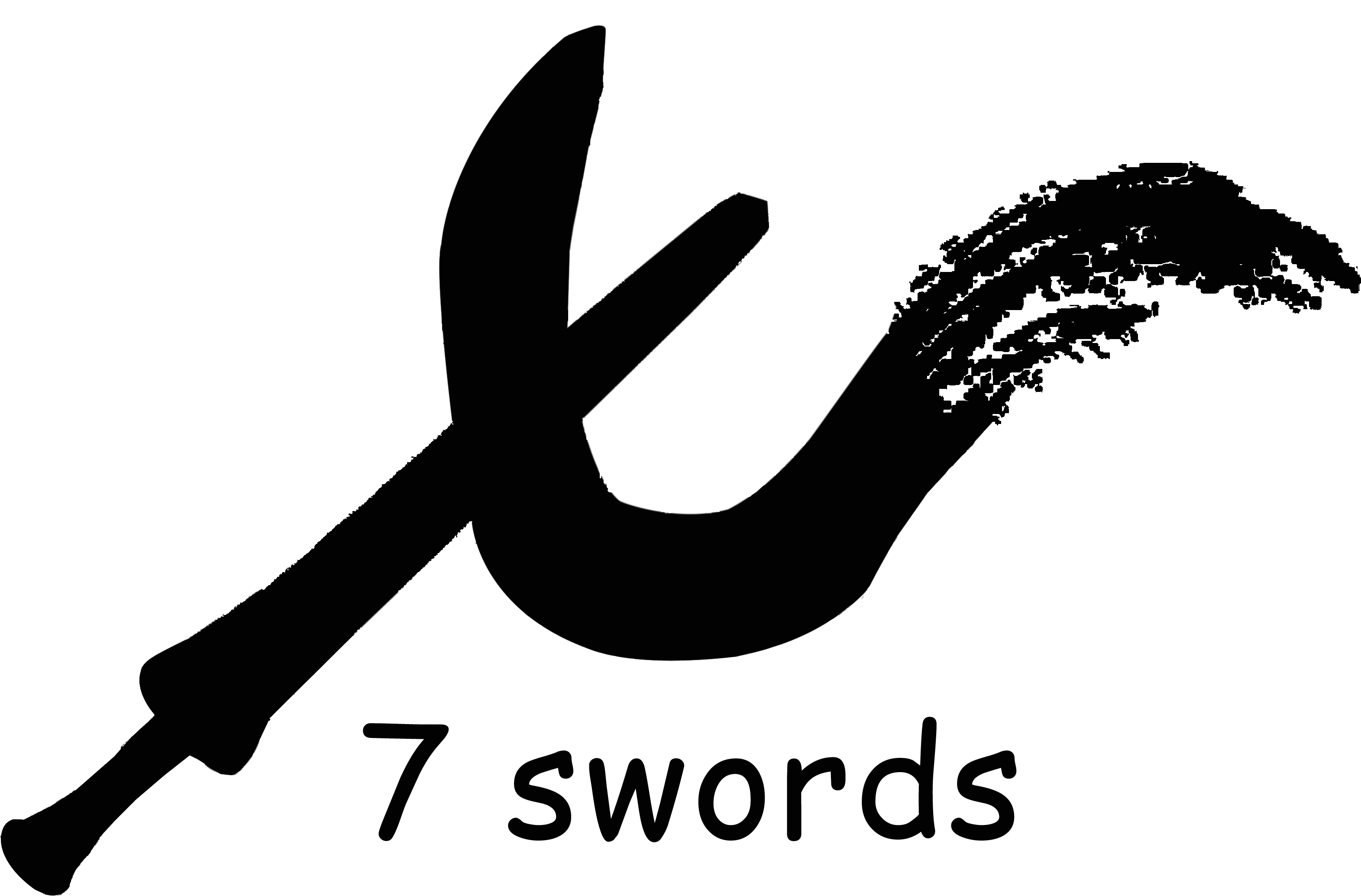האם חיתוך CNC הוא יקר? ניתוח עלות מבוסס נתונים
ה תפיסה של חיתוך CNC כאמצעי יקר ליצור לעתים קרובות מתעלם מהערכת עלות-תועלת מקיפה הכוללת יעילות חומרים, איכות דיוק ופחת בפעולות משניות. כאשר ייצור מתפתח בשנת 2025, ההבנה של מבנה העלות האמיתי של חיתוך CNC הפכה לנדרשת לצורך החלטות רכש מושכלות. בחינה זו פונה לשאלה הבסיסית של העלות באמצעות ניתוח נתוני ייצור אמיתיים ממספר תעשיות, וזיהוי היכן ש- חיתוך CNC מספק יתרונות כלכליים והיכן שדרכים חלופיות עשויות להיות מתאימות יותר. המחקר מתמקד במדידה כמותית של הקשר בין מורכבות העיצוב, נפח הייצור, והעלות הכוללת.

שיטות מחקר
1. מסגרת אנליטית
המחקר השתמש בגישה רב-ממדית להערכת עלות:
• ניתוח השוואתי של עלות חיתוך CNC לעומת שיטות עיבוד קונבנציונליות
• מחקר זמנו-תנועה של פעולות התקנה, תכנות ועיבוד
• מדידות של יעילות ניצולת חומר בשיטות אריזה שונות
• חישובי עלות כוללת הכוללים תחזוקה וציוד
2. איסוף נתונים
הנתונים נאספו מ:
• 450 פרויקטים של ייצור שהושלמו בתחומי הרכב, התעופה והفضاء, והאלקטרוניקה לצרכן
• מערכות מעקב אחרי זמן ועלות מ-12 מתקני ייצור
• רשומות צריכה של חומרים: פלדה, אלומיניום וחומרי פלסטיק הנדסיים
• יומנים של תחזוקת ציוד ולוחות זמנים להחלפת כלים
3. דגמי עלות
פותח מודל עלות מפורט הכולל:
• הפסד ערך מכונות וכלפיות מתקן
• שיעורי עבודה לתכנות, הכנה ותפעול
• עלויות חומרים עם גורמי פסולת
• שיעורי צריכה של כלים וצריכה
• דרישות בקרת איכות ועיבוד משני
פרמטרים מלאים של מודלים ושיטות איסוף נתונים מתועדים בנספח כדי להבטיח שקיפות ניתוחיות ואפשרות לשכיחות.
תוצאות וניתוח
1. מנועי עלות בחתך CNC
תרומה באחוזים לעלות כוללת של חיתוך CNC
| קטגוריה כלות | חלקים עם מורכבות נמוכה | חלקים עם מורכבות בינונית | חלקים עם מורכבות גבוהה |
| עלויות חומריות | 58% | 52% | 45% |
| זמן מכונה | 22% | 28% | 35% |
| תכנות והגדרה | 8% | 10% | 12% |
| כלים וחומרים נצפים | 7% | 6% | 5% |
| הבטחת איכות | 5% | 4% | 3% |
הנתונים מראים כי עלויות החומר מהוות את הרכיב הדומיננטי בחלקים פשוטים יותר, בעוד שזמן המכונה הופך לחשוב בהרבה ככל שגאומטריה של החלק מורכבת יותר ודורשת משכי עיבוד ארוכים יותר ומסלולי כלים מיוחדים.
2. ניתוח נקודת איזון עם שיטות קונבנציונליות
הניתוח ההשוואתי חושף נקודות איזון שונות:
• עיבוד CNC הופך לנachable מבחינה עלותית לעומת חיתוך לייזר כשמספר היחידות הוא בין 18–25 עבור חלקים מורכבים בינונית
• ביחס לחיתוך גז מים, נקודת האיזון מתרחשת ב-12–18 יחידות ברוב החומרים
• לצורות פשוטות, חיתוך ידני נשאר כלכלי עד 8–12 יחידות
נקודות המעבר משתנות בצורה משמעותית בהתאם לסוג החומר ולעובי, כאשר חומרים קשיחים יותר מעדיפים עיבוד CNC בנפחים נמוכים יותר עקב דאגות מינימליות יותר לשחיקה של הכלים.
3. השפעת אופטימיזציה על העלות הכוללת
יישום אסטרטגיות אופטימיזציה הניב שיפורים מדידים:
• תוכנת חיבור מתקדמת הצילה עלות חומרים ב-18%-32%
• מחליפי כלים אוטומטיים קיצרו את זמן הלא-חיתוך ב-35%
• מסלולי כלים בעלי יעילות גבוהה קיצרו את זמן העבודה של המכונה בממוצע ב-22%
• מערכות מדידה משולבות קיצרו את זמן בקרת האיכות ב-40%
דיון
1. פרשנות מבני עלות
היעדרנות עלות החומרים ברכיבים פשוטים יותר מצביעה על כך שאופטימיזציה של העיצוב ויעילות החיבור מהווים את הפוטנציאל הגדול ביותר לצמצום עלויות. בחלקים מורכבים, רכיב הזמן המוגדל של המכונה מצביע על כך שאופטימיזציה של תכנות ויעילות מסלול הכלים נעשים קריטיים יותר. הנתונים עומדים בסתירה לתפיסה הנפוצה לפיה תכנות CNC הוא גורם העלות העיקרי, ומעריכים את תרומתו המתונה יחסית להוצאות הכוללות.
2. מגבלות והתחשבויות
הניתוח התמקד בחומרים סטנדרטיים ובחציית CNC נפוצים. חומרים מתקדמים או שיקועים יקרים עלולים לשנות בצורה משמעותית את פיזור העלות. המחקר הניח תחזוקה מתאימה של הציוד; מכונות שטופלו באופן לקוי יגדילו את זמן העבודה ואת עלות הרכיבים הכלים. בנוסף, המחקר הסתמך על פעולות ייצור מוכנות; מתקנים חדשים יחוו פיזור עלויות שונה במהלך תקופות ההפסד הראשוניות של הציוד.
3. אסטרטגיות מעשיות לאופטימיזציה של עלות
בהתבסס על הממצאים, יוכלו יצרנים לדייק עלות חיתוך CNC באמצעות:
• בחירת חומר המאזנת בין דרישות ביצועים להוצאה
• שינויי עיצוב המשפרים את יעילות ההרכבה
• אופטימיזציה של גודל הסדרה כדי לאזן בין עלויות ההכנה לבין עלויות האחסון
• שימוש אסטרטגי בכלים בהתאם לביצועים לפי סוג החומר
• לוחות זמנים קבועים לתחזוקה כדי לשמור על יעילות חיתוך
סיכום
עמלות חיתוך CNC מושפעות בעיקר ממחירי החומרים וזמן הפעלת המכונה, כשמשקלם של גורמים אלו משתנה בהתאם לדרגת מורכבות החלק. הטכנולוגיה הופכת למתחרה יותר מבחינה עלותית ב партиות בינוניות (25 יחידות ומעלה) ובמקרים של רכיבים הדורשים דיוק גבוה או גאומטריות מורכבות. במקום להיחשב יקרה באופן כללי, חיתוך CNC מייצג פתרון יעיל מבחינת עלות ליישומים המתאימים לו, במיוחד כאשר מיישמים אסטרטגיות אופטימיזציה. מחקר עתידי צריך לבחון את ההשפעה של טכנולוגיות חדשות, כגון תכנות בהדרכת בינה מלאכותית ומערכות ייצור היברידיות, על הכלכלה המשתנה של שירותי חיתוך CNC.


